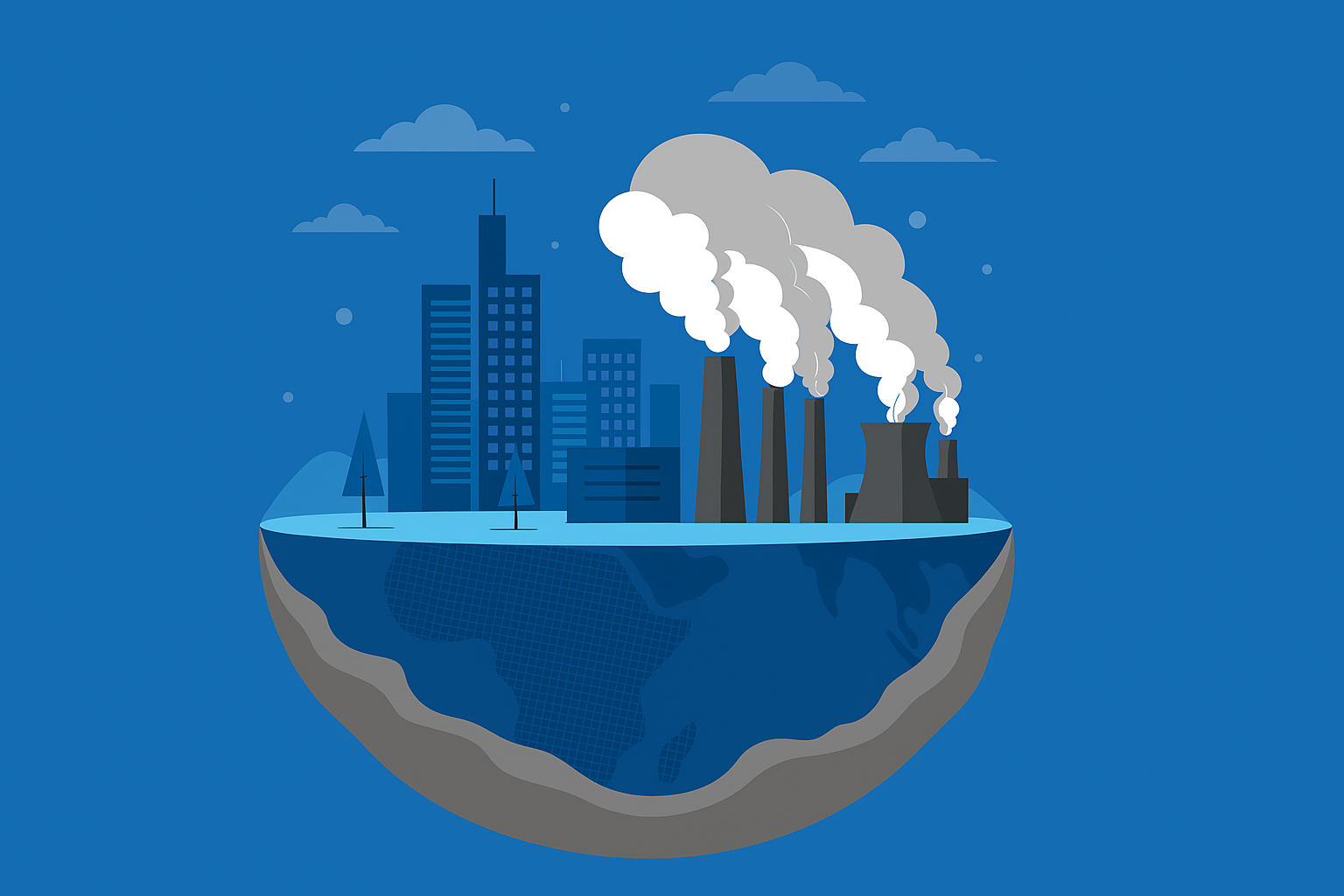Introduction: More Than Just Trees and Animals
When you hear the word “environment,” what comes to mind? Trees? Clean air? Oceans? The truth is, the environment is all around us — not just the natural parts but also the places we live, study, and play in.
So, what is environment? In simple words, it is everything that surrounds us — the air we breathe, the water we drink, the land we live on, and even the animals, people, buildings, and machines we interact with.
Let’s break it down in a way that’s easy to understand.
Definition: What Is Environment?
The environment is the sum of all living (biotic) and non-living (abiotic) things that exist around us and influence our lives.
- Biotic: Plants, animals, microorganisms
- Abiotic: Air, water, soil, sunlight, temperature
Together, they form a system that supports life on Earth. Every single thing — from the rain that waters plants to the oxygen you breathe — is part of the environment.
Why Is the Environment Important?
The environment gives us everything we need to survive:
- Air to breathe
- Water to drink
- Soil to grow food
- Sunlight to support life
- Shelter and natural resources
For example, the oxygen cycle is one of the most important natural processes — it helps maintain breathable air by cycling oxygen between plants, animals, and the atmosphere.
Types of Environment
We can broadly divide the environment into two types:
1. Natural Environment
Made by nature — includes mountains, rivers, forests, oceans, weather, etc.
2. Human-made Environment
Created by people — buildings, parks, cities, roads, schools, etc.
Understanding both is important because humans interact with and affect both types every day.
What Are the Components of Environment?
Let’s look at the four major components of the environment:
| Component | Includes |
| Atmosphere | Air, oxygen, gases |
| Lithosphere | Land, rocks, mountains, soil |
| Hydrosphere | Rivers, lakes, oceans, groundwater |
| Biosphere | All living beings: plants, animals, humans |
Each component works together to keep the planet balanced and livable.
How Do Humans Affect the Environment?
Human activities can either help or harm the environment:
- Positive actions: Planting trees, recycling, saving water
- Harmful actions: Pollution, deforestation, overuse of resources
That’s why many schools in Whitefield encourage students to be part of nature clubs, eco-projects, and environmental campaigns.
What Can You Do as a Student?
You don’t have to be an adult to make a difference. Here are 5 simple things you can start doing today:
- Use a water bottle instead of buying plastic ones
- Switch off lights and fans when you leave a room
- Plant a tree at home or at school
- Carry a cloth bag when shopping with your family
- Throw trash in bins and don’t litter
Students at top schools in Bangalore are often encouraged to lead by example — and these small habits can create a big impact over time.
Did You Know? (Fun Facts Corner)
- One large tree can produce enough oxygen for four people every day.
- Earth is the only known planet with life-supporting air, water, and land.
- The Amazon rainforest is called the “lungs of the Earth” because it produces 20% of the world’s oxygen.
- Recycling one ton of paper can save 17 trees and 26,000 liters of water.
Fun facts like these help us realize just how special — and fragile — our environment really is.
Learning About Environment in School
Subjects like environmental science and geography help you understand how nature works and how we can protect it. Globally recognized frameworks like the IGCSE curriculum even include sustainability and eco-awareness as key themes — preparing students to become informed and responsible global citizens.
Conclusion
Now that you understand what is environment, remember — every action you take matters. Whether it’s planting one sapling or picking up litter from your school ground, you’re playing a role in protecting the planet.
The environment is not just something outside — it’s the air you breathe, the water you drink, and the future you shape. Care for it, respect it, and be proud to be someone who makes a difference.
FAQs
The environment is everything around us — air, water, land, people, animals, and even buildings.
Natural environment (created by nature) and human-made environment (created by people).
It provides everything we need to live — air, water, food, and shelter.
By planting trees, reducing plastic use, saving water, and learning about eco-friendly habits.
Environmental science, geography, and general science in schools help us understand how the environment works and how to protect it.
